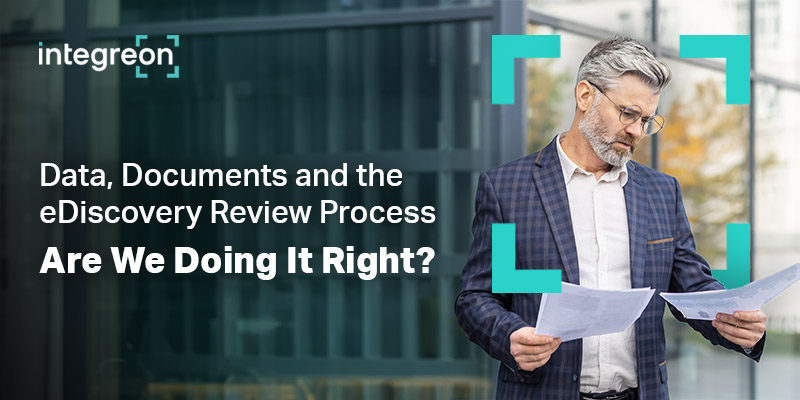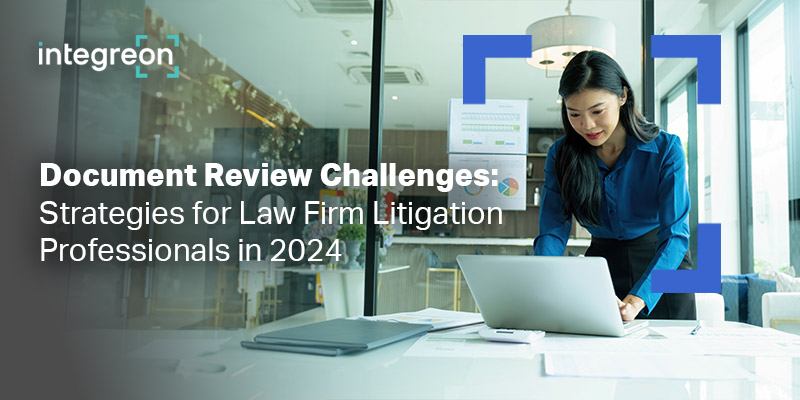Recently, a client asked their technology partner to export a list of documents and send to her by email; we assumed so she could print them and work on hard copy versions. In contrast, just a few minutes later, a different client mentioned to us that all their internal meetings were now taking place via VR headset. From paper to emails to VR (and everything in between), the diversity and volume of data is ever increasing.
Careful planning, smart solutions, and bringing in the right expert and/or technology at the right time are more critical than ever.
So, how do you ensure deadlines are met while keeping review costs in check when volumes appear insurmountable? Here are our top three tips:
1. Early Case/Data Assessment (ECA/EDA)
Don’t underestimate the importance and value of careful ECA/EDA. Use the technology like a scout before you dive into deeper waters. You can gather important context that can help you understand the documents more intuitively. It can also provide a better sense of timeline so you can plan out the best course of action. You can also use it to screen out obviously irrelevant content immediately, such as junk images or potentially sensitive or graphic material, so you can focus more on substantive information.
2. Review
Match the technology that best fits your data set. Take short message data as an example – whilst we have come a long way since unwieldy, poorly formatted Bloomberg messages, if short message data is converted to a near native format, then reviewing the material can be much simpler than using traditional document form. For example, when messages are converted to document form, embedded items will appear as family members and can over inflate the review volume.
Portions of the messages might get separated further complicating the workflow. Artifacts from metadata can also appear and make the content difficult to read. Compare that to near native format, which presents the information as you would see it in everyday life in programs like Slack or Teams. Coupling this with a small core team can also yield additional benefits. If the same reviewer is tasked with the review of an entire conversation, it maintains context for better consistency.
3. Alternative Legal Service Providers
Partnering with an experienced ALSP to increase efficiency is not only a great option for the economical underlying rates, but also because a review expert can incorporate best practices and make matter specific recommendations.
Additionally, capitalizing on ALSP expertise early in the process and not just at time of review can help build a strategic road map right from the start, which can avoid costly bumps and pitfalls down the line. Using modern films as a parallel, if you’ve ever seen a big budget movie with mediocre visual effects many times it is because the VFX team was introduced late in the process when most of the filming has wrapped up.
On the other hand, productions that introduce a VFX consultant from the start, weaving them into the filming process, can provide useful feedback for blockbuster end results. A director alone may not consider things like lighting, scene composition and movement in relation to effects not yet implemented, but a VFX expert will have their eye trained on the future results and can provide valuable suggestions to make the entire process smoother with a better final product. Similarly, working in collaboration with you, a review expert can design and deploy at scale, a review workflow that delivers efficiency, proportionality and defensibility.



